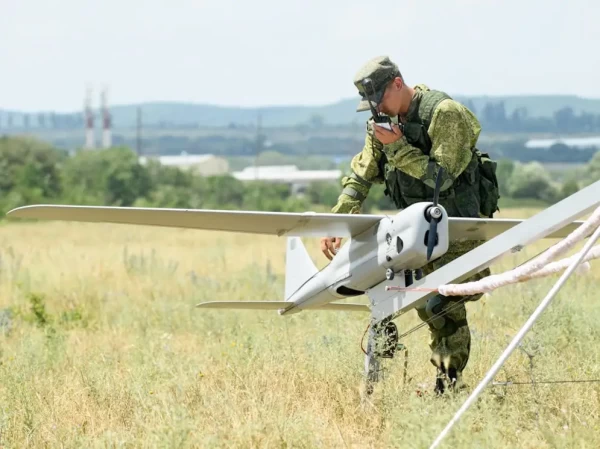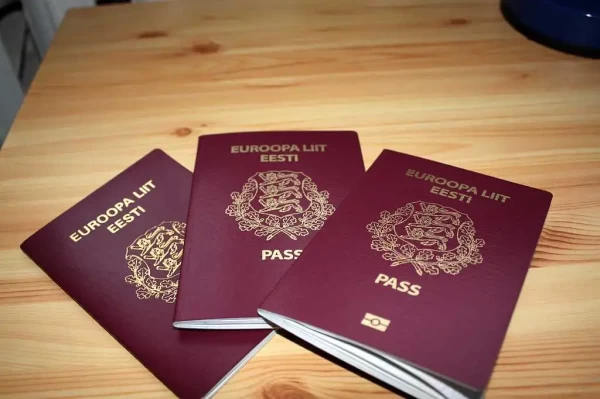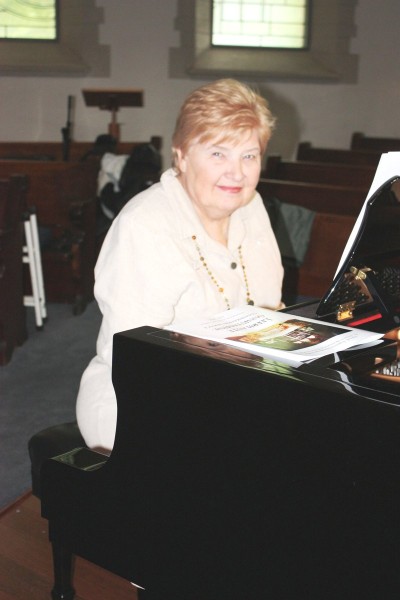"Human Edge" is a television series which presents documentary films on social issues, airing weekly on TVOntario. There was a segment called "Facing the Dead" on July 31st 2006 at 12:30 which dealt with photography, which of course piqued my interest. Then I found out that it dealt with Soviet issues from Stalin's times — which interested me even more.
The focus was on how people can be erased from recorded memory gained through photography, by government dictate, pre the days of Photoshop, when they fell out of favour with the government. Usually they were "executed," by simply scratching their face from the picture. The body was still there but the face was blacked out.
Some of the mug shots of the executed or incarcerated, were now available, after the opening of the archives that followed perestroika. Other were family snapshots, hidden for decades in attics at great personal risk.
The host of the segment, the English historian Alan King, has spent years in Moscow, going through small bookstores, looking for photographs of those who had been scratched out of the original photographs, as if trying to resurrect those whose existence had been ripped out.
The documentary, needless to say, was eerie. First the thirties photographs, with the people scratched out, left the feeling that something horrid had happened to those people.
The interview with a person who lived near the execution camp where sometimes five hundred people were executed on a single day left shivers running up one's spine.
The young people who now want to find out what had happened to their grandparents left a feeling of pathos.
A Russian Orthodox priest wondered what his father, also a priest, whose image has been made into an icon, not only looked like, but was like.
The cinematographer, Gabrielle Pfeiffer, has woven together a story, which by its grave subject matter left a thought that these photographs more than celebrated a life. They also made those lives remembered and thus that more significant.
Facing the Dead (2)
Archived Articles | 11 Aug 2006 | Adu RaudkiviEWR
Viimased kommentaarid
Kommentaarid on kirjutatud EWR lugejate poolt. Nende sisu ei pruugi ühtida EWR toimetuse seisukohtadega.
Iin Miiski, Võrumaa, (close to the Petseri border), a Russian Orthodox church was erected in 1952 (Stalin was still alive) ... you should check out the icons placed into that church
I very much doubt the part that mentions the priest's father's image made into an icon. Orthodox are very careful about the entire notion of icons and their meaning, much of which goes back to iconoclastic upheavals. The making of icons fits into a pretty narrow category of artistic licence, lending even more doubt as to the authenticity of this author's opinion. Perhaps a modern day version of Orthodox priest and icon painter Sergei Gavrilov can be found among our readership to give a more accurate account of the subject.
Archived Articles
TRENDING




















